5 - 9 September 2022
New space, new leadership and the forging of new partnerships
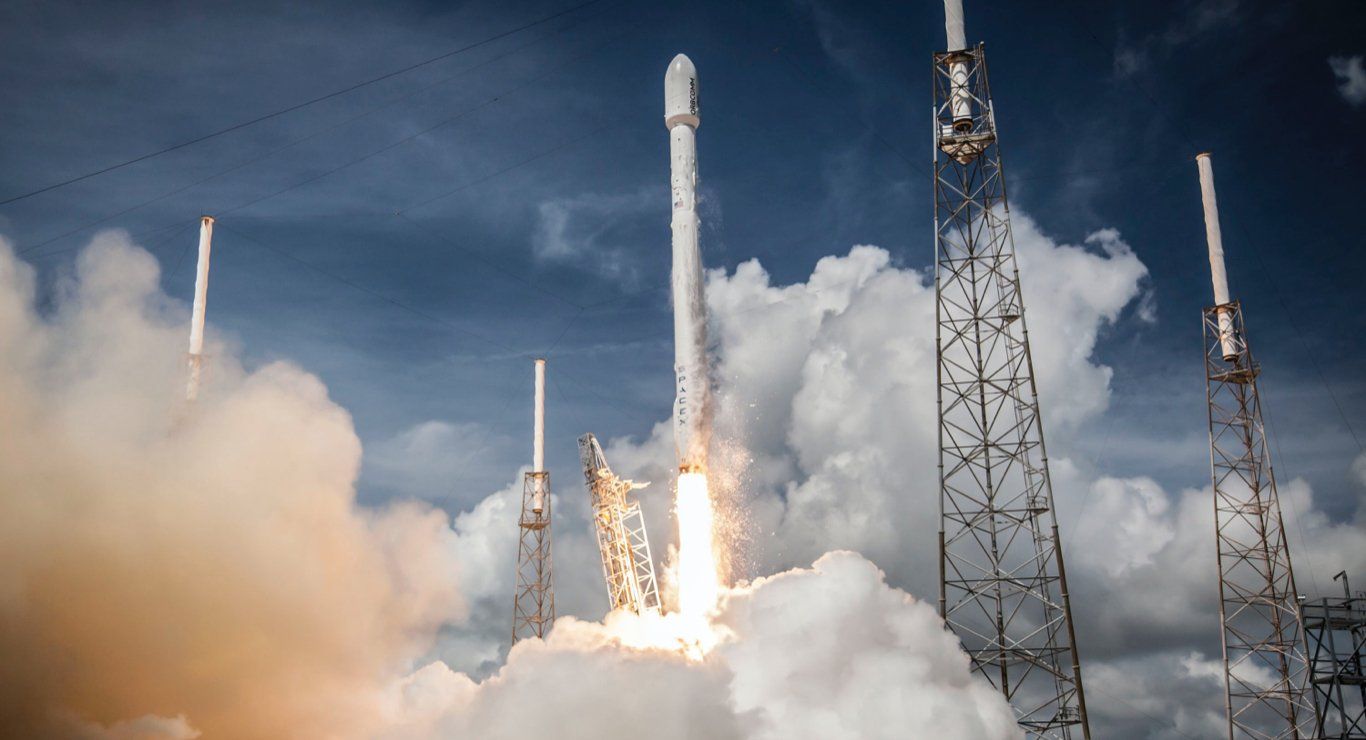
SpaceX increasingly relied upon for launch technology (Image: Unsplash/SpaceX)
The landscape of the space industry is changing. As Artemis-1 waits to get off the ground, we are seeing new leaders establish themselves, from new space nations and the private sector. It seems a new is order being established, driven by new stakeholders. But what is driving this change?
Traditional space nations such as the US, China and Russia still influence the shape of the industry, but events on Earth continue to shape relations in space. European stakeholders continue to grow further part from from Russia, and the US and China remain deeply skeptical of each others’ intentions. Whilst this shifting of international relations takes place, new space nations and a powerful private sector are emerging.
How will new space powers such as India place themselves in this shifting geopolitical landscape? With the private sector increasingly relied upon for new, competitive and innovative technology solutions, where will new alliances form? As major space nations continue to downgrade relations, how can these new leaders set a new example, for a peaceful and productive future in space?
The landscape of the space economy is quickly changing
The US is still very much at the forefront of space innovation. This week, NASA’s perseverance rover continued to carry our experiments using its MOXIE (Mars Oxygen In-Situ Resource Utilization Experiment) to successfully produce 6-10 grams of Oxygen per hour, on the Martian surface (about as much as a tree on Earth), a real milestone for in-situ resource utilisation. Furthermore, researchers at Washington State University have demonstrated additive manufacturing using synthesised Martian soil and titanium, resulting in the production of a high-performance material.
Also, within this month, NASA’s DART spacecraft it set to impact asteroid Dimorphos, in demonstration that could prove how to alter the course of the asteroid, researching how to protect Earth from a possible impact. DART is due to reach its target on 26th September. Such technology and leadership will be vital for the future of humankind, and the US and other major space nations lead with these challenges.
Russia are also continuing with their longstanding space ambitions, announcing that their lunar lander mission Luna 25 will go ahead on 2023. This has been pushed back slightly from its initial date, but still intends to be the first modern Russian mission to the moon.
However, internal and external factors are forcing the status quo to change. NASA’s Artemis-1 mission still struggles to get off the ground, announcing this week that they will attempt to fix the hydrogen leak (which held back the initial launch) on the pad, and will hopefully have updates regarding a new launch date soon. The cost of the SLS rocket have not gone unnoticed, and continuous delays could lead to bad PR for both Boeing and NASA. This is rather poignant considering that SpaceX’s Starship is not far behind, is fully reusable and would be far more cost efficient.
Boeing are also facing more difficulties with their Starliner spacecraft. Crewed flight of the craft is not likely to take place until 2023, as announced by Boeing, and follows a number of problems that have plagued the project. This could well be concerning for Boeing, in an industry becoming more competitive and focussed on efficiency. The days of ploughing endless amounts of capital into space projects may be numbered.
International relations continue to affect the industry, and head of the ESA Josef Aschbacher has said that he “cannot see” a return to cooperation with Russia. The Ukraine conflict as severly damaged relations, and cooperative projects in space. OneWeb have released that they suffered a $229 million charge as a result of severe ties with Russia, losing out on planned Soyuz launches, and a number of their satellites being held by Russia. They will now look to SpaceX and India for launches possibilities. Russia also lag behind the US and China in launches this year, which in part could be linked to their isolation caused by the Ukraine conflict.
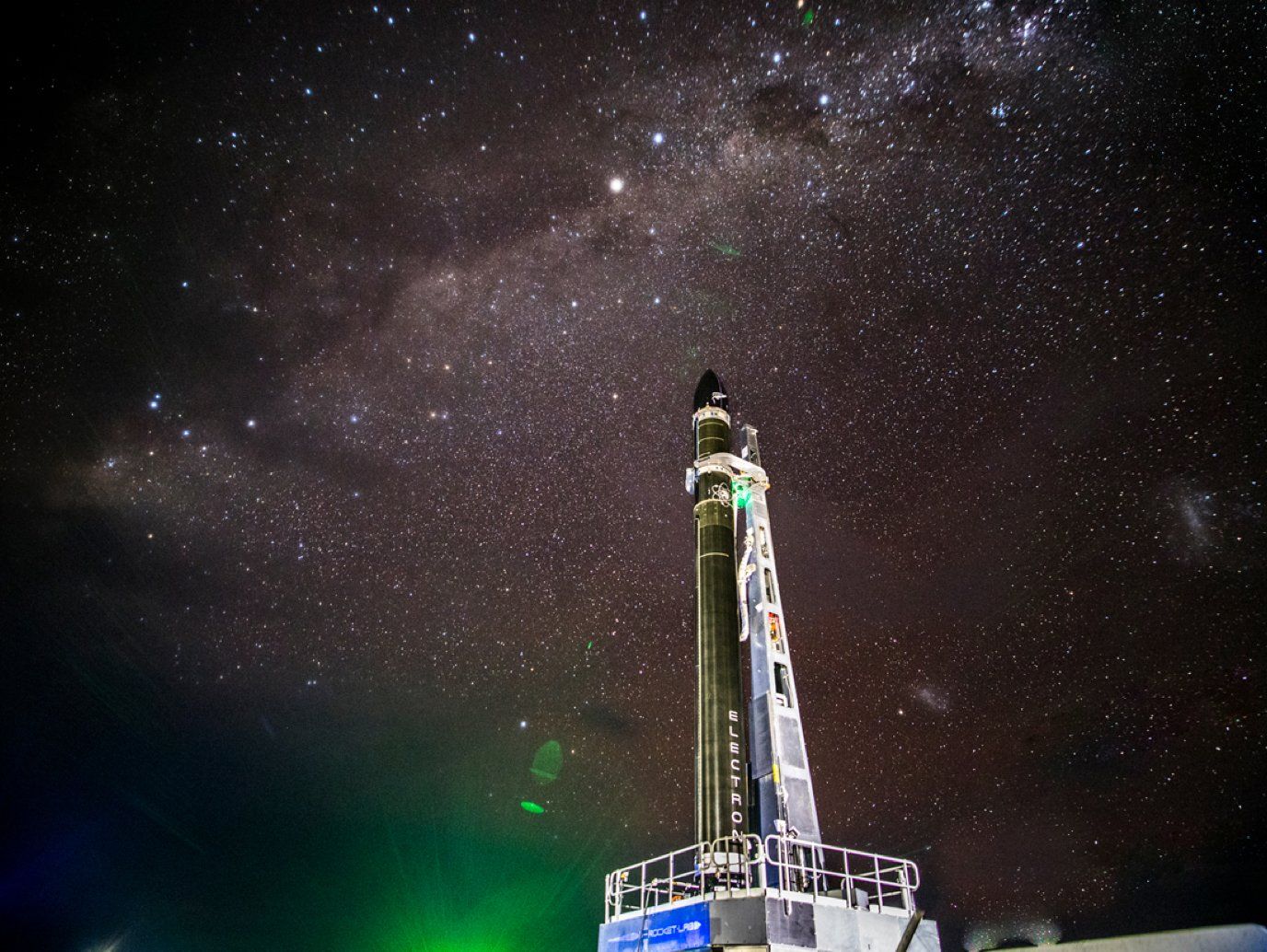
Rocket Lab an example of a thriving private sector (Image: Rocket Lab/Kieran Fanning)
Who will be the new leaders in space?
Increased efficiency and geopolitical relations are reshaping leadership in space. As a result rising international friction (or perhaps accelerated by), Russia will be looking to work more closely with China, a nation who have made yet more progress with their ambitious space plans this week. Work has begun on their Long March 5B heavy-lift rocket, which will launch the final module of their highly anticipated Tiangong station, prepped for an early October launch. Tiangong will open for international cooperative projects.
Furthermore, Director for Education, Science and Technology at the African Union Commission (AUC), Mr Hambani Masheleni, has expressed the importance of ongoing cooperation between China and Africa, in and out of space. This also represents new and strengthening alliances developing around the world.
China also claim to have successfully tested their new rocket engine, which they say will be twice as powerful as the rockets used for Artemis. The engine is to be used on the Long March 9 rocket, to send humans to the moon.
This week also saw other new space nations move forwards, with South Korea announcing successful critical trajectory correction of their Danuri lunar orbiter, which is due to enter lunar orbit in December. An historic moment for a nation with big plans in space. Scotland has announced measures to take the lead in sustainable space development in a “Space Sustainability Roadmap”. This roadmap addresses environmental impacts of building and launching satellites, and promoting satellite data for environmental monitoring. Scotland are also still on track to soon witness the first vertical rocket launch from UK soil.
The growing private sector is also influencing the shape of relations in space, with governments becoming increasingly reliant on comedies for innovative and efficient tech solutions. Austrian company Pneumocell have recently submitted their design for inflatable habitats to be used in the moon, seeing their solution as ideal due to being lightweight and easy to transport from Earth. Rocket Lab have also announced that they have signed a contract with the US Space Force to use their vehicles for rapid cargo transport on Earth. Similarly, US company KMI have also signed study contracts with Space Force in relation to debris cleanup technology. It seems clear the the private sector are becoming a very influential stakeholder, and will have a great influence in how new relationships and alliances in space are formed.
Also this week, Apple have announced that their iPhone 14 will come with an emergency messaging system, connecting to satellites when out of reach of cellular networks. They will be working with Globalstar, a US satellite communications company. Firstly, this is symbolic of the increasing demand for LEO technology, such as satellite communications. Furthermore, if successful, it could quickly have a significant effect on demand in an already growing industry, and the supply chain that supports it, such the need for satellite launches, in-orbit logistics and debris removal. It can also be seen as a step forwards in relation to global connectivity, and total internet access.
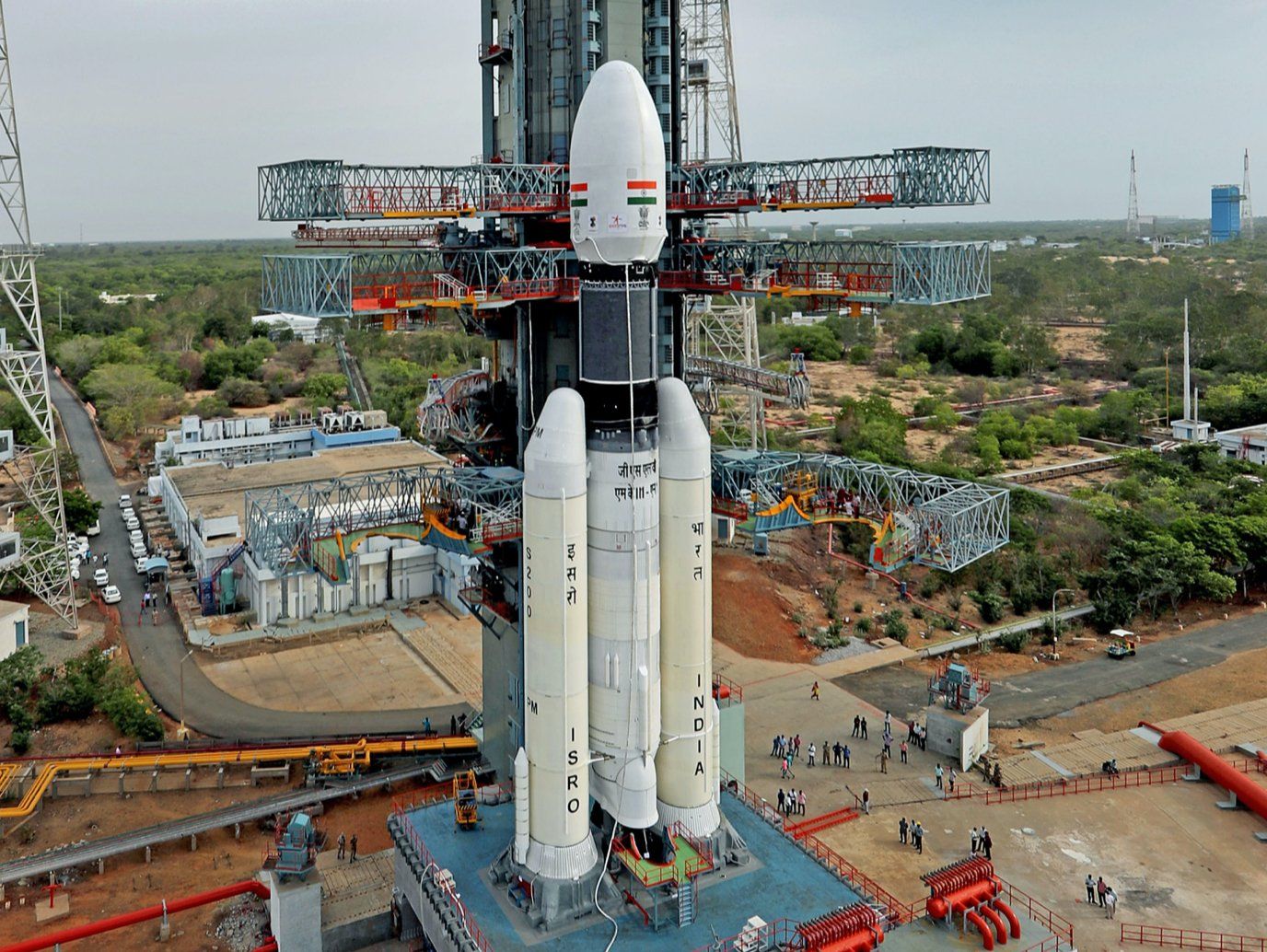
India set to become a leader in new space (Image: Unsplash/ISRO)
There are rules in place, which can guide our way to a peaceful and successful future
The OST is in in place, but it may be the case that needs to be updated, in order to accommodate for the new space age, with it especially lacking protocols for mining in outer space and appropriating resources. But, this may not be as easy as it sounds. The Moon Agreement 1979, lays out rules that define lunar resources as the “common heritage of mankind”. This agreement was not signed by any of the major space nations.
The ISRO (Indian Space Research Organisation), in partnership with the private sector, aim to capture 8% of the global space economy, according to a senior official (reported by DNA India). Boeing India have also announced that they will establish an initiative for young professionals and startups in the country. The government clearly sees the importance of their private sector in the future of the space economy. Launch startup Skyroot Aerospace have successfully raised $51million towards development of their rocket, which also uses a 3D printed engine. Similarly, startup Agnikul Cosmos have received a patent for their 3D printed rocket engine.
The ISRO have also noticed the importance of reusable technology, and intend on developing their own reusable rockets, cutting the cost of satellite launches. “We have to bring it down to $5,000 or even $1,000 per kg. Only way to do that is to make the rocket reusable” said Chairman of ISRO Sreedhara Somanath. India could perhaps become a crucial launch partner to a number of new space nations and companies. This week, Australia and India signed 6 memorandums, deepening their commercial space ties. This goes to show how new alliances and partnerships are being forged within the new space economy.
The landscape is changing, new leaders are emerging, and new alliances being formed, influenced by shifting geopolitics, emerging space nations and an innovative private sector. New space was inevitably going to be a place of change and innovation, considering the rewards that space promises. However, it appears that events on Earth are accelerating this change, and as a result new alliances are being forged, and old ones torn apart. Hopefully these new partnerships may become an example of how to work together peacefully, and learn from the mistakes of the present. There is an opportunity in this short window, to build a better future.
External Links
This Week
*News articles posted here are not property of ANASDA GmbH and belong to their respected owners. Postings here are external links only.
Our future in space
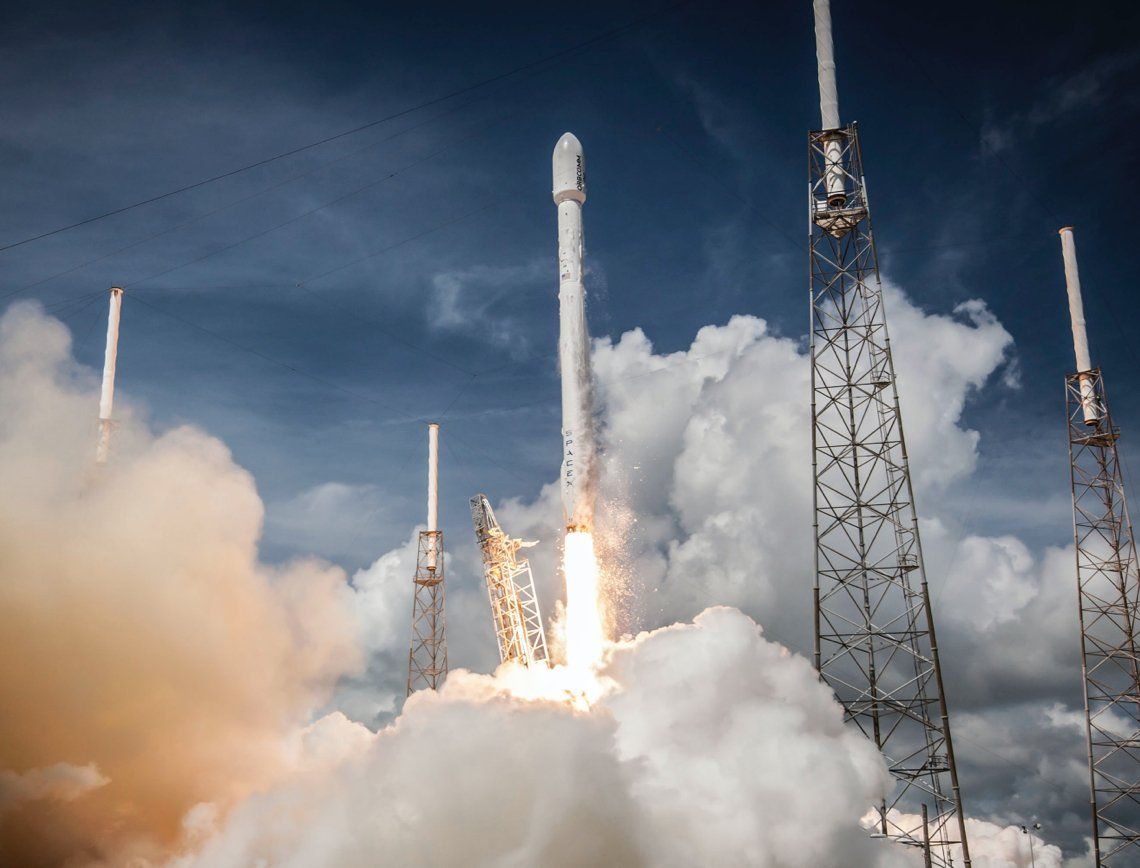
SpaceX increasingly relied upon for launch technology (Image: Unsplash/SpaceX)
5 - 9 September 2022
New space, new leadership and the forging of new partnerships
The landscape of the space industry is changing. As Artemis-1 waits to get off the ground, we are seeing new leaders establish themselves, from new space nations and the private sector. It seems a new is order being established, driven by new stakeholders. But what is driving this change?
Traditional space nations such as the US, China and Russia still influence the shape of the industry, but events on Earth continue to shape relations in space. European stakeholders continue to grow further part from from Russia, and the US and China remain deeply skeptical of each others’ intentions. Whilst this shifting of international relations takes place, new space nations and a powerful private sector are emerging.
How will new space powers such as India place themselves in this shifting geopolitical landscape? With the private sector increasingly relied upon for new, competitive and innovative technology solutions, where will new alliances form? As major space nations continue to downgrade relations, how can these new leaders set a new example, for a peaceful and productive future in space?
The landscape of the space economy is quickly changing
The US is still very much at the forefront of space innovation. This week, NASA’s perseverance rover continued to carry our experiments using its MOXIE (Mars Oxygen In-Situ Resource Utilization Experiment) to successfully produce 6-10 grams of Oxygen per hour, on the Martian surface (about as much as a tree on Earth), a real milestone for in-situ resource utilisation. Furthermore, researchers at Washington State University have demonstrated additive manufacturing using synthesised Martian soil and titanium, resulting in the production of a high-performance material.
Also, within this month, NASA’s DART spacecraft it set to impact asteroid Dimorphos, in demonstration that could prove how to alter the course of the asteroid, researching how to protect Earth from a possible impact. DART is due to reach its target on 26th September. Such technology and leadership will be vital for the future of humankind, and the US and other major space nations lead with these challenges.
Russia are also continuing with their longstanding space ambitions, announcing that their lunar lander mission Luna 25 will go ahead on 2023. This has been pushed back slightly from its initial date, but still intends to be the first modern Russian mission to the moon.
However, internal and external factors are forcing the status quo to change. NASA’s Artemis-1 mission still struggles to get off the ground, announcing this week that they will attempt to fix the hydrogen leak (which held back the initial launch) on the pad, and will hopefully have updates regarding a new launch date soon. The cost of the SLS rocket have not gone unnoticed, and continuous delays could lead to bad PR for both Boeing and NASA. This is rather poignant considering that SpaceX’s Starship is not far behind, is fully reusable and would be far more cost efficient.
Boeing are also facing more difficulties with their Starliner spacecraft. Crewed flight of the craft is not likely to take place until 2023, as announced by Boeing, and follows a number of problems that have plagued the project. This could well be concerning for Boeing, in an industry becoming more competitive and focussed on efficiency. The days of ploughing endless amounts of capital into space projects may be numbered.
International relations continue to affect the industry, and head of the ESA Josef Aschbacher has said that he “cannot see” a return to cooperation with Russia. The Ukraine conflict as severly damaged relations, and cooperative projects in space. OneWeb have released that they suffered a $229 million charge as a result of severe ties with Russia, losing out on planned Soyuz launches, and a number of their satellites being held by Russia. They will now look to SpaceX and India for launches possibilities. Russia also lag behind the US and China in launches this year, which in part could be linked to their isolation caused by the Ukraine conflict.
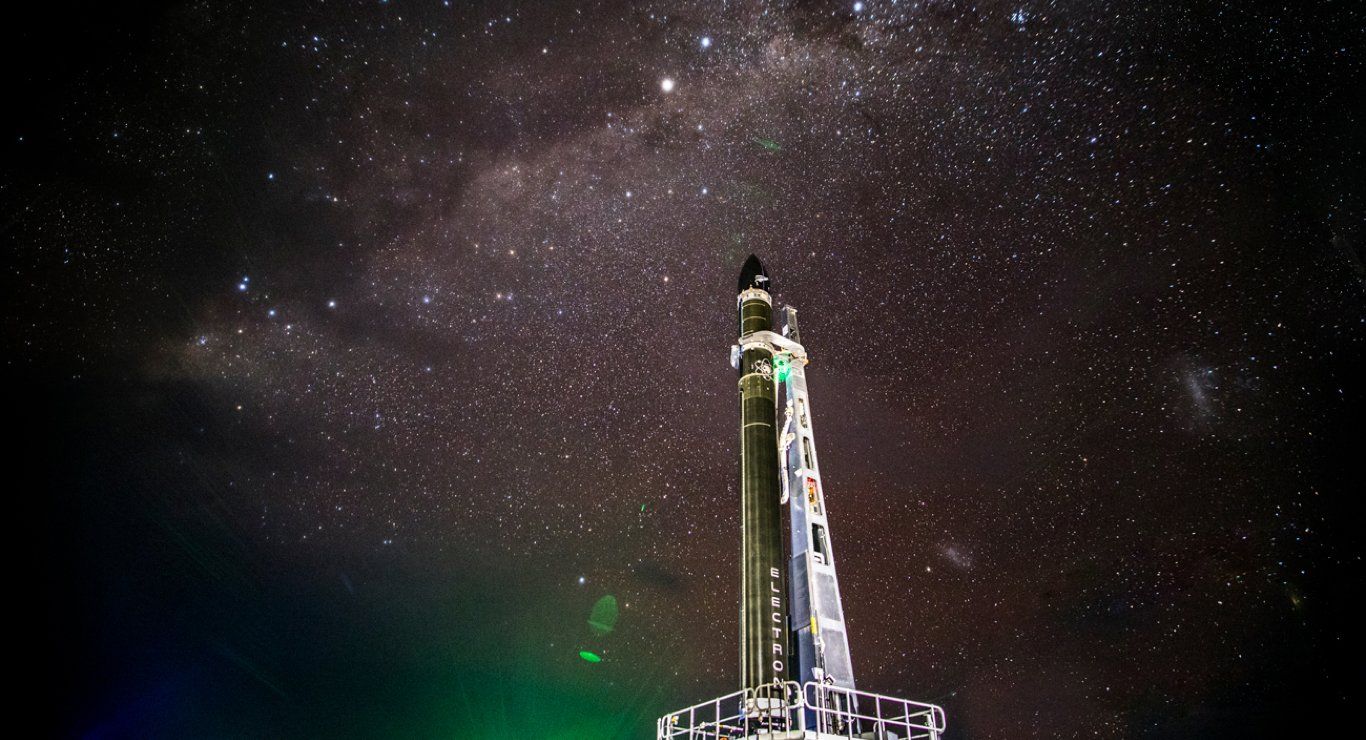
Rocket Lab an example of a thriving private sector (Image: Rocket Lab/Kieran Fanning)
Who will be the new leaders in space?
Increased efficiency and geopolitical relations are reshaping leadership in space. As a result rising international friction (or perhaps accelerated by), Russia will be looking to work more closely with China, a nation who have made yet more progress with their ambitious space plans this week. Work has begun on their Long March 5B heavy-lift rocket, which will launch the final module of their highly anticipated Tiangong station, prepped for an early October launch. Tiangong will open for international cooperative projects.
Furthermore, Director for Education, Science and Technology at the African Union Commission (AUC), Mr Hambani Masheleni, has expressed the importance of ongoing cooperation between China and Africa, in and out of space. This also represents new and strengthening alliances developing around the world.
China also claim to have successfully tested their new rocket engine, which they say will be twice as powerful as the rockets used for Artemis. The engine is to be used on the Long March 9 rocket, to send humans to the moon.
This week also saw other new space nations move forwards, with South Korea announcing successful critical trajectory correction of their Danuri lunar orbiter, which is due to enter lunar orbit in December. An historic moment for a nation with big plans in space. Scotland has announced measures to take the lead in sustainable space development in a “Space Sustainability Roadmap”. This roadmap addresses environmental impacts of building and launching satellites, and promoting satellite data for environmental monitoring. Scotland are also still on track to soon witness the first vertical rocket launch from UK soil.
The growing private sector is also influencing the shape of relations in space, with governments becoming increasingly reliant on comedies for innovative and efficient tech solutions. Austrian company Pneumocell have recently submitted their design for inflatable habitats to be used in the moon, seeing their solution as ideal due to being lightweight and easy to transport from Earth. Rocket Lab have also announced that they have signed a contract with the US Space Force to use their vehicles for rapid cargo transport on Earth. Similarly, US company KMI have also signed study contracts with Space Force in relation to debris cleanup technology. It seems clear the the private sector are becoming a very influential stakeholder, and will have a great influence in how new relationships and alliances in space are formed.
Also this week, Apple have announced that their iPhone 14 will come with an emergency messaging system, connecting to satellites when out of reach of cellular networks. They will be working with Globalstar, a US satellite communications company. Firstly, this is symbolic of the increasing demand for LEO technology, such as satellite communications. Furthermore, if successful, it could quickly have a significant effect on demand in an already growing industry, and the supply chain that supports it, such the need for satellite launches, in-orbit logistics and debris removal. It can also be seen as a step forwards in relation to global connectivity, and total internet access.
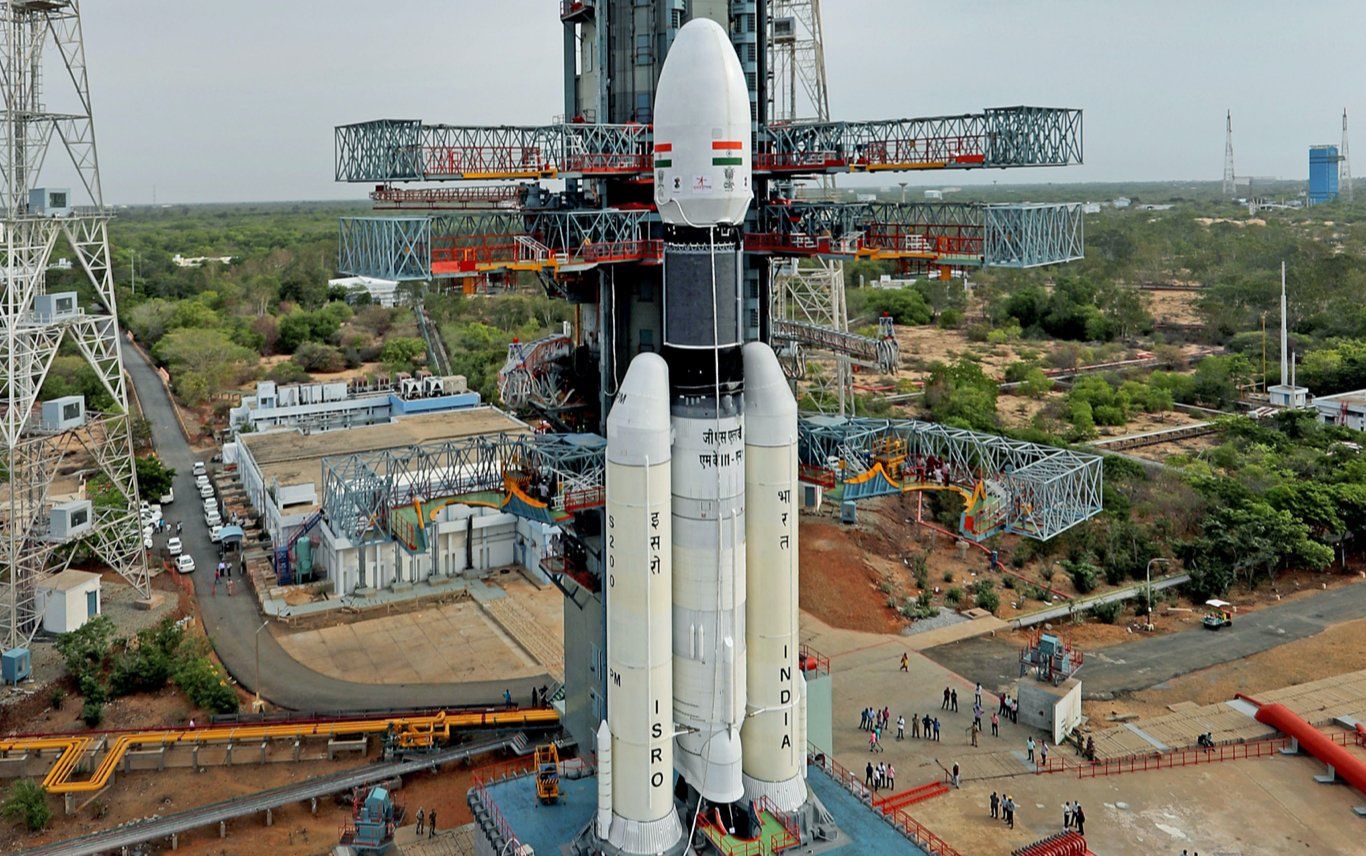
India set to become a leader in new space (Image: Unsplash/ISRO)
India to become a new space powerhouse?
New space nations and private companies are on the rise, but the standout this week was the rapidly growing space nation, India. Their ambitious space plans and deregulation of the private sector together will mean that India is set to become a leader in innovation, and particularly for launch capabilities in space. Josef Aschbacher this week mentioned that the ESA may look to India for launch capabilities in future, as well as OneWeb.
The ISRO (Indian Space Research Organisation), in partnership with the private sector, aim to capture 8% of the global space economy, according to a senior official (reported by DNA India). Boeing India have also announced that they will establish an initiative for young professionals and startups in the country. The government clearly sees the importance of their private sector in the future of the space economy. Launch startup Skyroot Aerospace have successfully raised $51million towards development of their rocket, which also uses a 3D printed engine. Similarly, startup Agnikul Cosmos have received a patent for their 3D printed rocket engine.
The ISRO have also noticed the importance of reusable technology, and intend on developing their own reusable rockets, cutting the cost of satellite launches. “We have to bring it down to $5,000 or even $1,000 per kg. Only way to do that is to make the rocket reusable” said Chairman of ISRO Sreedhara Somanath. India could perhaps become a crucial launch partner to a number of new space nations and companies. This week, Australia and India signed 6 memorandums, deepening their commercial space ties. This goes to show how new alliances and partnerships are being forged within the new space economy.
The landscape is changing, new leaders are emerging, and new alliances being formed, influenced by shifting geopolitics, emerging space nations and an innovative private sector. New space was inevitably going to be a place of change and innovation, considering the rewards that space promises. However, it appears that events on Earth are accelerating this change, and as a result new alliances are being forged, and old ones torn apart. Hopefully these new partnerships may become an example of how to work together peacefully, and learn from the mistakes of the present. There is an opportunity in this short window, to build a better future.
Share this article
External Links
This Week
*News articles posted here are not property of ANASDA GmbH and belong to their respected owners. Postings here are external links only.
5 - 9 Sept 2022
New space, new leadership and the forging of new partnerships
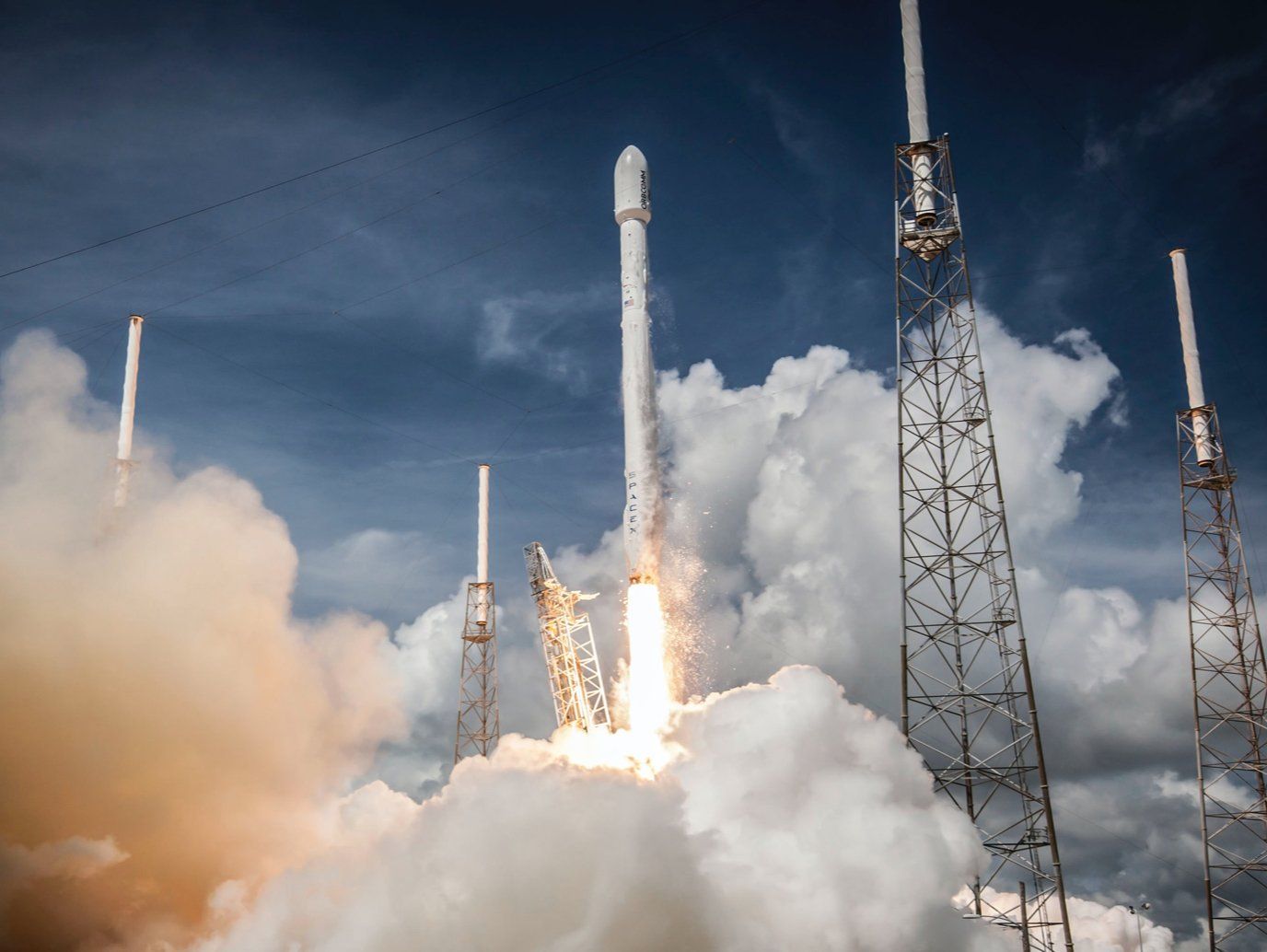
SpaceX increasingly relied upon for launch technology (Image: Unsplash/SpaceX)
The landscape of the space industry is changing. As Artemis-1 waits to get off the ground, we are seeing new leaders establish themselves, from new space nations and the private sector. It seems a new is order being established, driven by new stakeholders. But what is driving this change?
Traditional space nations such as the US, China and Russia still influence the shape of the industry, but events on Earth continue to shape relations in space. European stakeholders continue to grow further part from from Russia, and the US and China remain deeply skeptical of each others’ intentions. Whilst this shifting of international relations takes place, new space nations and a powerful private sector are emerging.
How will new space powers such as India place themselves in this shifting geopolitical landscape? With the private sector increasingly relied upon for new, competitive and innovative technology solutions, where will new alliances form? As major space nations continue to downgrade relations, how can these new leaders set a new example, for a peaceful and productive future in space?
The landscape of the space economy is quickly changing
The US is still very much at the forefront of space innovation. This week, NASA’s perseverance rover continued to carry our experiments using its MOXIE (Mars Oxygen In-Situ Resource Utilization Experiment) to successfully produce 6-10 grams of Oxygen per hour, on the Martian surface (about as much as a tree on Earth), a real milestone for in-situ resource utilisation. Furthermore, researchers at Washington State University have demonstrated additive manufacturing using synthesised Martian soil and titanium, resulting in the production of a high-performance material.
Also, within this month, NASA’s DART spacecraft it set to impact asteroid Dimorphos, in demonstration that could prove how to alter the course of the asteroid, researching how to protect Earth from a possible impact. DART is due to reach its target on 26th September. Such technology and leadership will be vital for the future of humankind, and the US and other major space nations lead with these challenges.
Russia are also continuing with their longstanding space ambitions, announcing that their lunar lander mission Luna 25 will go ahead on 2023. This has been pushed back slightly from its initial date, but still intends to be the first modern Russian mission to the moon.
However, internal and external factors are forcing the status quo to change. NASA’s Artemis-1 mission still struggles to get off the ground, announcing this week that they will attempt to fix the hydrogen leak (which held back the initial launch) on the pad, and will hopefully have updates regarding a new launch date soon. The cost of the SLS rocket have not gone unnoticed, and continuous delays could lead to bad PR for both Boeing and NASA. This is rather poignant considering that SpaceX’s Starship is not far behind, is fully reusable and would be far more cost efficient.
Boeing are also facing more difficulties with their Starliner spacecraft. Crewed flight of the craft is not likely to take place until 2023, as announced by Boeing, and follows a number of problems that have plagued the project. This could well be concerning for Boeing, in an industry becoming more competitive and focussed on efficiency. The days of ploughing endless amounts of capital into space projects may be numbered.
International relations continue to affect the industry, and head of the ESA Josef Aschbacher has said that he “cannot see” a return to cooperation with Russia. The Ukraine conflict as severly damaged relations, and cooperative projects in space. OneWeb have released that they suffered a $229 million charge as a result of severe ties with Russia, losing out on planned Soyuz launches, and a number of their satellites being held by Russia. They will now look to SpaceX and India for launches possibilities. Russia also lag behind the US and China in launches this year, which in part could be linked to their isolation caused by the Ukraine conflict.
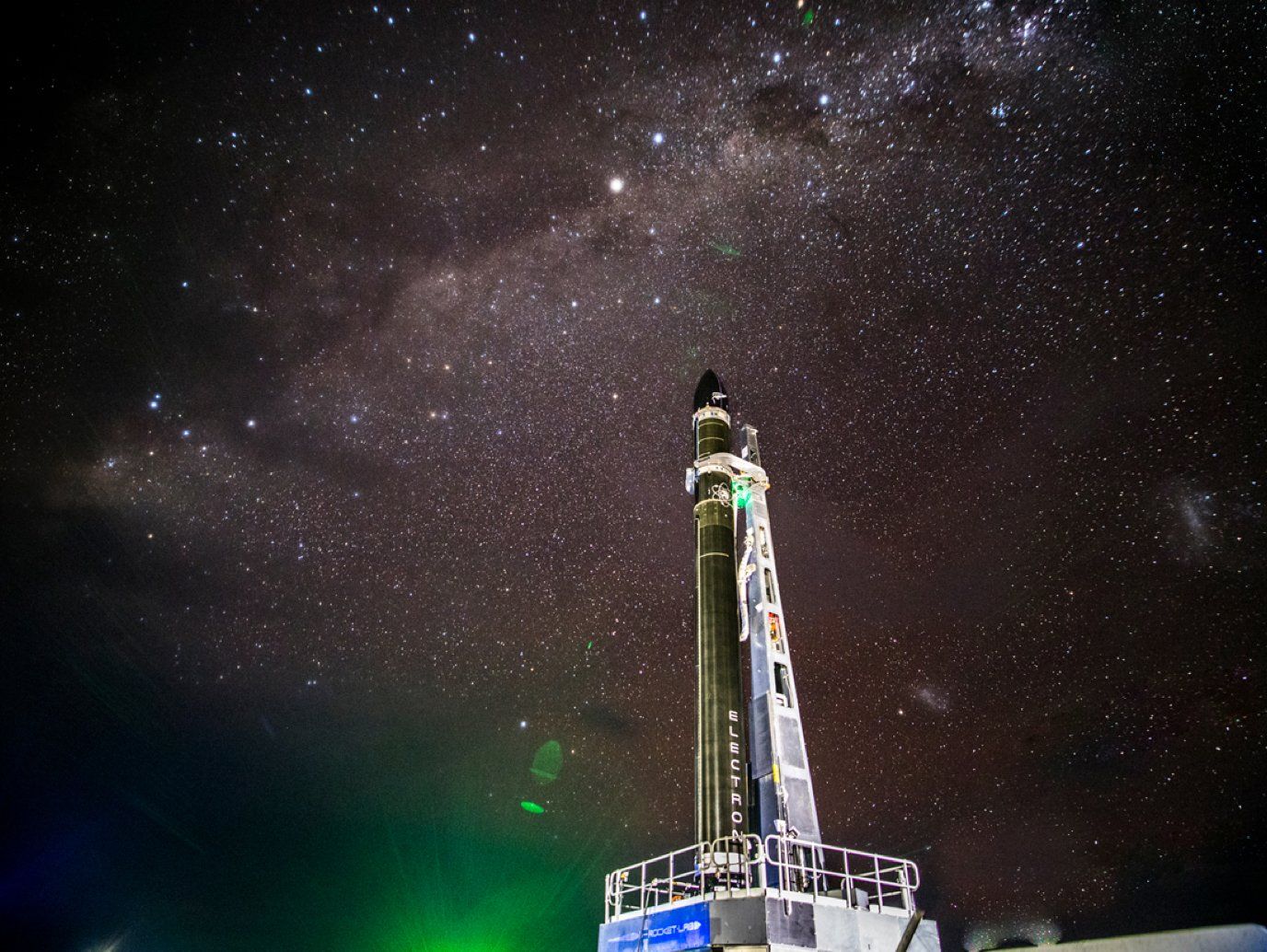
Rocket Lab an example of a thriving private sector (Image: Rocket Lab/Kieran Fanning)
Who will be the new leaders in space?
Increased efficiency and geopolitical relations are reshaping leadership in space. As a result rising international friction (or perhaps accelerated by), Russia will be looking to work more closely with China, a nation who have made yet more progress with their ambitious space plans this week. Work has begun on their Long March 5B heavy-lift rocket, which will launch the final module of their highly anticipated Tiangong station, prepped for an early October launch. Tiangong will open for international cooperative projects.
Furthermore, Director for Education, Science and Technology at the African Union Commission (AUC), Mr Hambani Masheleni, has expressed the importance of ongoing cooperation between China and Africa, in and out of space. This also represents new and strengthening alliances developing around the world.
China also claim to have successfully tested their new rocket engine, which they say will be twice as powerful as the rockets used for Artemis. The engine is to be used on the Long March 9 rocket, to send humans to the moon.
This week also saw other new space nations move forwards, with South Korea announcing successful critical trajectory correction of their Danuri lunar orbiter, which is due to enter lunar orbit in December. An historic moment for a nation with big plans in space. Scotland has announced measures to take the lead in sustainable space development in a “Space Sustainability Roadmap”. This roadmap addresses environmental impacts of building and launching satellites, and promoting satellite data for environmental monitoring. Scotland are also still on track to soon witness the first vertical rocket launch from UK soil.
The growing private sector is also influencing the shape of relations in space, with governments becoming increasingly reliant on comedies for innovative and efficient tech solutions. Austrian company Pneumocell have recently submitted their design for inflatable habitats to be used in the moon, seeing their solution as ideal due to being lightweight and easy to transport from Earth. Rocket Lab have also announced that they have signed a contract with the US Space Force to use their vehicles for rapid cargo transport on Earth. Similarly, US company KMI have also signed study contracts with Space Force in relation to debris cleanup technology. It seems clear the the private sector are becoming a very influential stakeholder, and will have a great influence in how new relationships and alliances in space are formed.
Also this week, Apple have announced that their iPhone 14 will come with an emergency messaging system, connecting to satellites when out of reach of cellular networks. They will be working with Globalstar, a US satellite communications company. Firstly, this is symbolic of the increasing demand for LEO technology, such as satellite communications. Furthermore, if successful, it could quickly have a significant effect on demand in an already growing industry, and the supply chain that supports it, such the need for satellite launches, in-orbit logistics and debris removal. It can also be seen as a step forwards in relation to global connectivity, and total internet access.
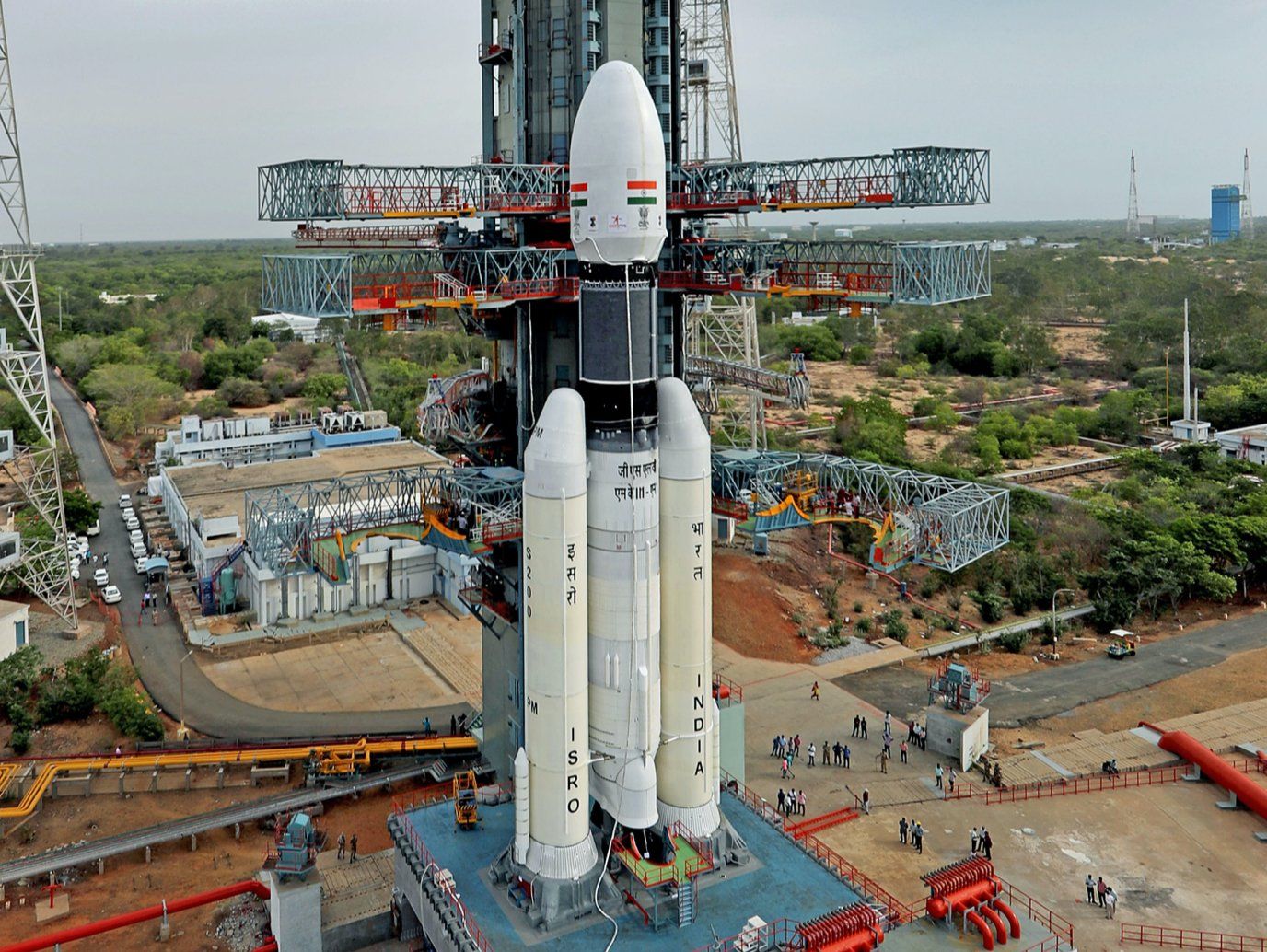
India set to become a leader in new space (Image: Unsplash/ISRO)
India to become a new space powerhouse?
New space nations and private companies are on the rise, but the standout this week was the rapidly growing space nation, India. Their ambitious space plans and deregulation of the private sector together will mean that India is set to become a leader in innovation, and particularly for launch capabilities in space. Josef Aschbacher this week mentioned that the ESA may look to India for launch capabilities in future, as well as OneWeb.
The ISRO (Indian Space Research Organisation), in partnership with the private sector, aim to capture 8% of the global space economy, according to a senior official (reported by DNA India). Boeing India have also announced that they will establish an initiative for young professionals and startups in the country. The government clearly sees the importance of their private sector in the future of the space economy. Launch startup Skyroot Aerospace have successfully raised $51million towards development of their rocket, which also uses a 3D printed engine. Similarly, startup Agnikul Cosmos have received a patent for their 3D printed rocket engine.
The ISRO have also noticed the importance of reusable technology, and intend on developing their own reusable rockets, cutting the cost of satellite launches. “We have to bring it down to $5,000 or even $1,000 per kg. Only way to do that is to make the rocket reusable” said Chairman of ISRO Sreedhara Somanath. India could perhaps become a crucial launch partner to a number of new space nations and companies. This week, Australia and India signed 6 memorandums, deepening their commercial space ties. This goes to show how new alliances and partnerships are being forged within the new space economy.
The landscape is changing, new leaders are emerging, and new alliances being formed, influenced by shifting geopolitics, emerging space nations and an innovative private sector. New space was inevitably going to be a place of change and innovation, considering the rewards that space promises. However, it appears that events on Earth are accelerating this change, and as a result new alliances are being forged, and old ones torn apart. Hopefully these new partnerships may become an example of how to work together peacefully, and learn from the mistakes of the present. There is an opportunity in this short window, to build a better future.
Share this article
External Links
This Week
*News articles posted here are not property of ANASDA GmbH and belong to their respected owners. Postings here are external links only.

























